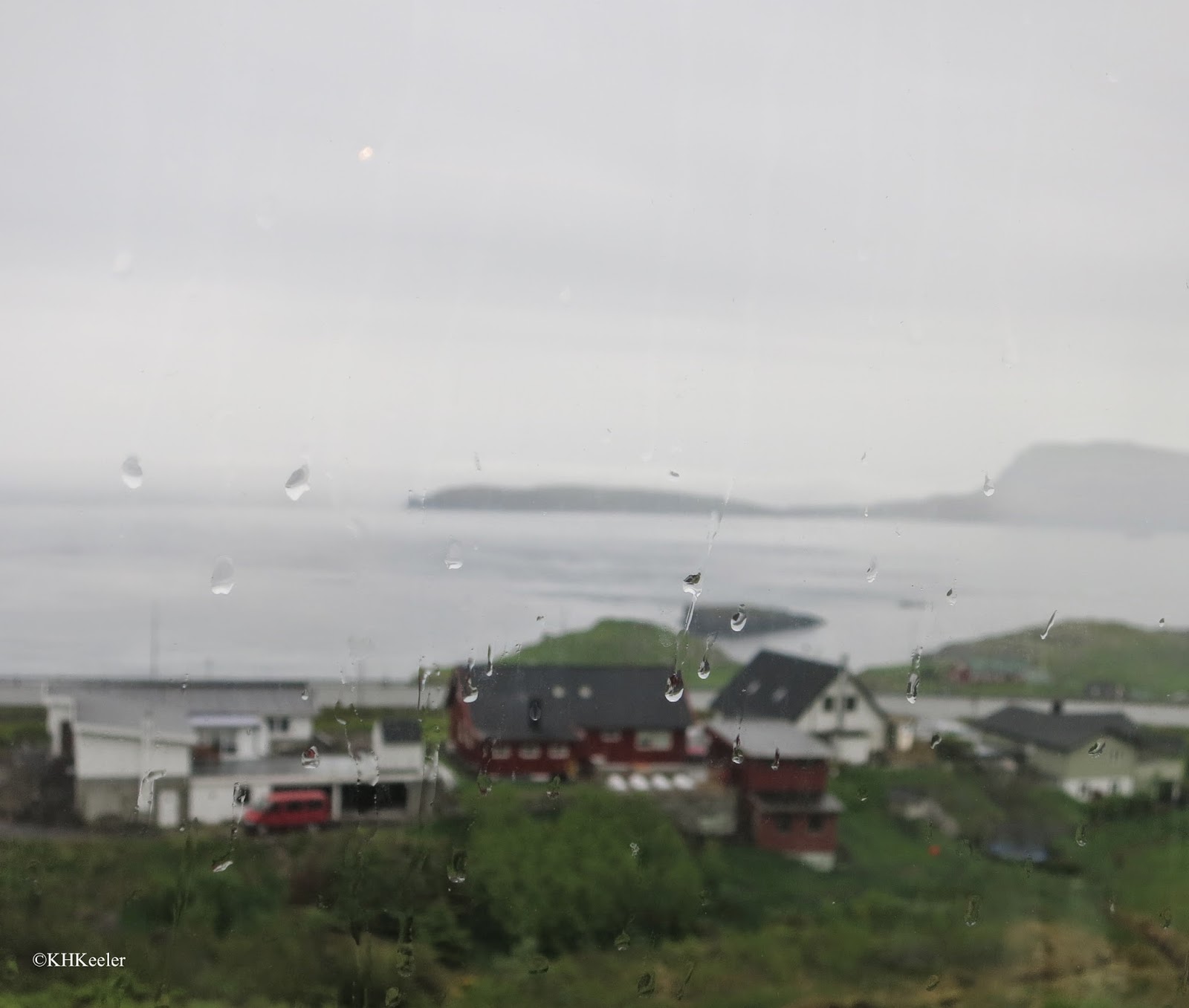 |
Rocky Mountain columbines,
Aquilegia coerulea |
Everybody knows columbine, right?
Columbines, Aquilegia species, are distinctive plants related to anemones and buttercups (in the buttercup family, Ranunculaceae).
Actually, where you live makes a big difference to what you think a columbine looks like. In eastern North America, there is only one native columbine, Aquilegia canadensis. It has red sepals and spurs on the outside with yellow petals, stigmas and stamens inside. Click on the LINK !
The situation in Europe is similar. There is one common columbine, Aquilegia vulgaris. It has blue to purple sepals with white petals, stigma and stamens. Click on the LINK ! There are almost 20 rare columbine species in the mountains of Europe, but A. vulgaris is far the most widespread. In Latin, “vulgaris” means common, so the common European columbine is aptly named.
If you live in either of those areas, you are likely to have a particular image of columbine in your mind.



